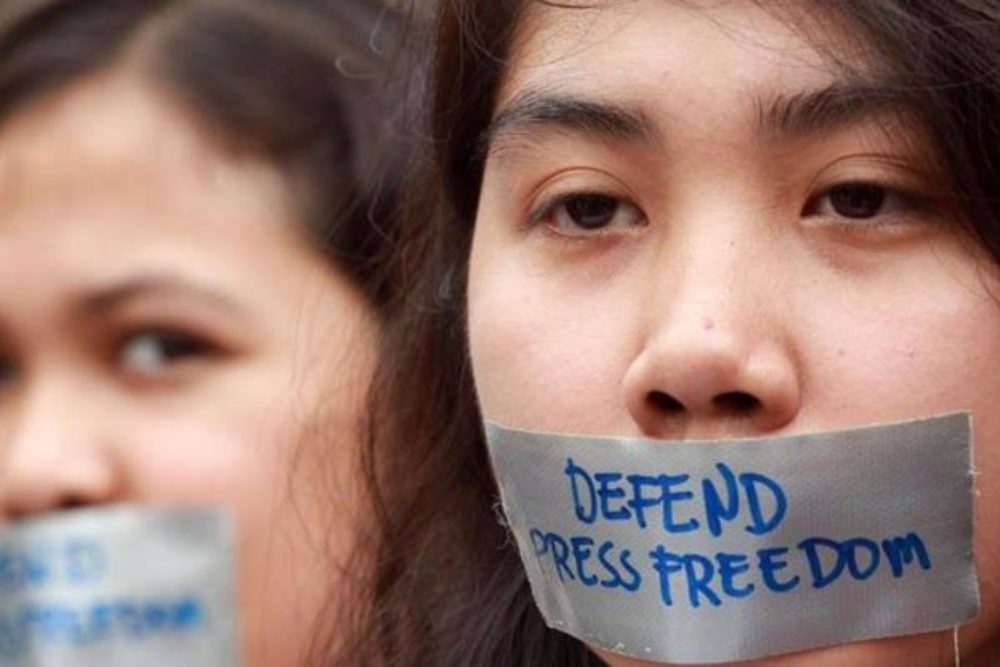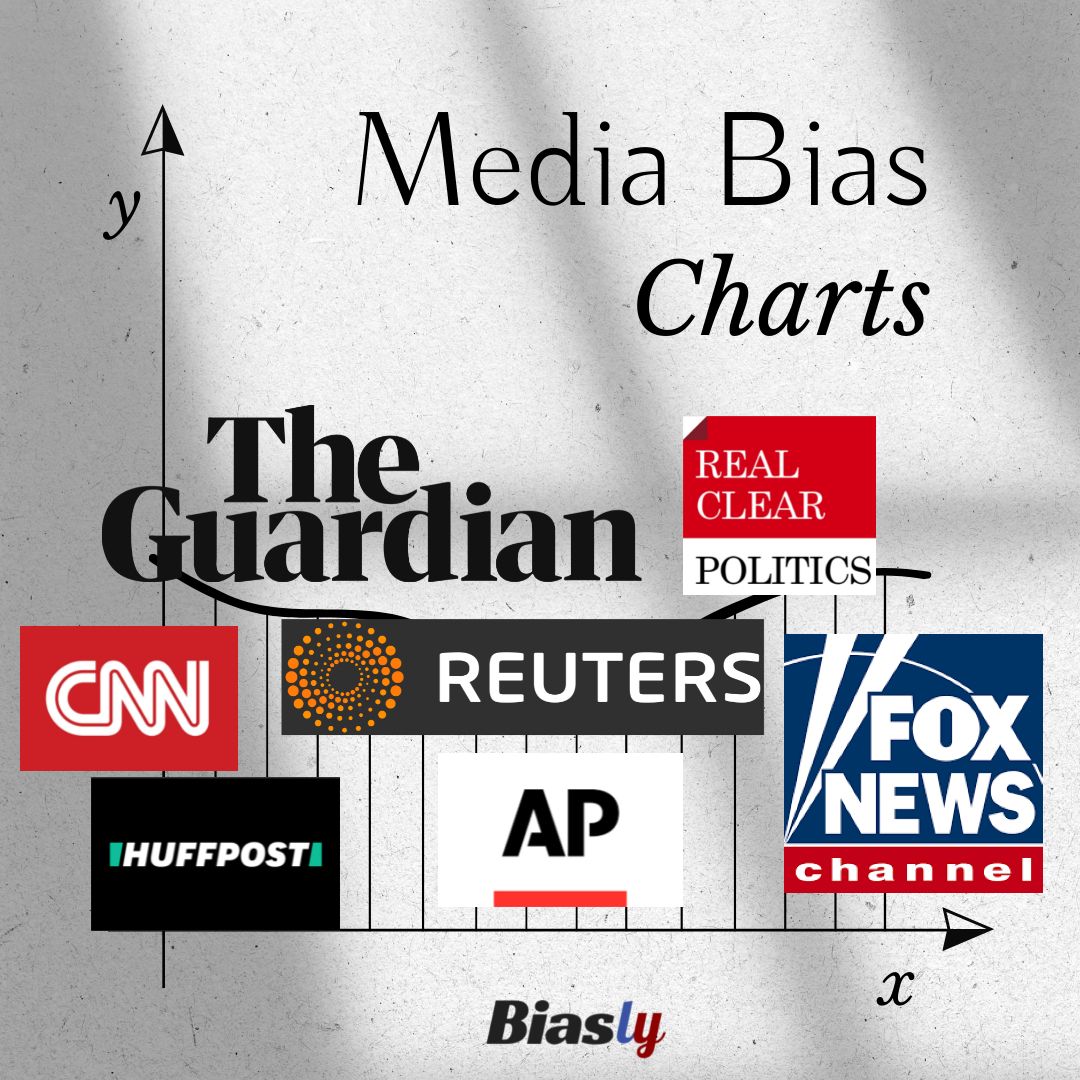Citizen Free Press: Bias & Reliability - What You Need To Know
In an era saturated with information, can we truly discern the truth from the noise? The relentless pursuit of unbiased news, the cornerstone of an informed society, is increasingly challenged by the complexities of modern media landscapes, where hidden agendas and skewed narratives often prevail.
The digital age has democratized information, allowing anyone to become a publisher. Yet, this freedom comes at a cost. The proliferation of online platforms and news aggregators has created an environment where discerning the reliability and objectivity of sources is a daunting task. Citizen Free Press (CFP), one such platform, has emerged as a subject of intense scrutiny, its claims of unfiltered reporting juxtaposed against concerns about its factual accuracy and potential biases. This analysis delves into the complexities of CFP, evaluating its credibility, identifying its potential shortcomings, and assessing its impact on the media ecosystem.
Before delving into the specifics of Citizen Free Press, let's consider the broader context. In today's world, the role of the media is more critical than ever. Responsible journalism serves as a check on power, holding leaders accountable and informing the public about issues of significance. When the integrity of news sources is compromised, the very foundations of democracy are threatened. As an American president's attacks on the independent press demonstrate, the erosion of trust in media can pave the way for the suppression of dissent and the spread of misinformation. Despots worldwide often imitate such tactics, recognizing the power of controlling the narrative. We believe that positive social change, racial justice, and meaningful engagement in public life require equitable access to technology, diverse and independent ownership of media platforms, and journalism that holds leaders accountable and tells people whats actually happening in their communities.
The media landscape is vast and varied. The "Media Bias Chart" is an initiative that visually aligns the political bias and credibility of numerous major news outlets. The author of this chart provides detailed descriptions of how each source is assessed and frequently updates the chart. This kind of resource is invaluable in helping audiences navigate the complexities of news consumption. However, even with such tools, the challenge of identifying reliable information persists.
Citizen Free Press's reliability is rated as n/a, which raises immediate red flags for any discerning reader. The lack of an "About Us" page, disclaimer, or information regarding the website's ownership further compounds these concerns. Transparency is fundamental to journalistic integrity. Without knowing who is behind a news outlet, and the potential motivations driving its content, it becomes difficult to assess its trustworthiness.
The assessment of Citizen Free Press's reliability is further complicated by the following points, as identified by various sources.
The bias meter value for a related platform, Daily Citizen, is 4.00, indicating a potential slant. The "Media Bias Chart" offers an illustrative example of how different news outlets are categorized, but these can change as each outlet shifts its narrative and point of view.
It's important to remember that what differentiates Citizen Free Press from other news platforms is its promise of no editorial interference or political bias. Unlike most major corporate news sites, CFP is being marketed as more open and less filtered for staying abreast of current events. However, the absence of editorial oversight and the lack of transparency raise serious questions about whether this promise can be kept.
Scamminder reviews Citizen Free Press (CFP) to determine if it's reliable or a scam. This points to the necessity of independent verification of news sources. As news consumers, we are not always in a position to judge the truth on our own. That is why the work of professional fact-checkers and media analysts is crucial.
Key Concerns Regarding Citizen Free Press:
- Right Bias for Story Selection: CFP has been rated as right-biased in its story selection. This means that it tends to prioritize stories that align with conservative viewpoints, potentially omitting or downplaying information that contradicts those views. These media sources are moderately to strongly biased toward conservative causes through story selection and/or political affiliation.
- Mixed Factual Reporting: Its factual reporting has been described as mixed. This suggests that while some of the information provided may be accurate, other information may be based on poor sources or may be presented inaccurately.
- Lack of Transparency: The absence of an "About Us" page, disclaimers, and information about the website's ownership raises serious concerns. Without knowing who is behind a news outlet, it is difficult to assess its trustworthiness.
- Use of Poor Sources: The use of unreliable or biased sources undermines the credibility of CFP's reporting. The quality of the sources directly impacts the accuracy and objectivity of the news.
- Failed Fact Checks: Failed fact checks provide evidence of inaccurate reporting.
- Use of Biased Language: The platform may utilize strong loaded words (wording that attempts to influence an audience by using appeal to emotion or stereotypes), publish misleading reports, and omit reporting of information that may damage conservative causes.
The "Media Bias Chart" offers an illustrative example of how different news outlets are categorized. The author of the chart provides detailed descriptions of how each source is placed and updates the chart frequently, adding value for readers seeking to understand the media landscape. It provides a visual representation of the political leanings and credibility of news sources. The tool is used by many to compare the bias and reliability of different outlets, including CFP.
The promise of no editorial interference or political bias is a tempting proposition. Many are attracted to the idea of receiving unfiltered information. However, this promise should be viewed with caution. It raises the question of how the platform ensures the accuracy and objectivity of its content. The reality is that all news outlets, even those claiming neutrality, have biases. These may stem from editorial choices, the selection of sources, or the framing of stories. The claim of "no editorial interference" could also be seen as a lack of accountability.
One might ask what is needed to ensure the integrity and reliability of information. A few things are important:
- Transparency: Knowing who runs the platform and what their motivations are, is key.
- Diverse Sources: Relying on multiple sources and fact-checking information is crucial to avoid misinformation.
- Editorial oversight: There is a need to ensure accuracy and balance.
- Avoidance of loaded language: There needs to be care used in the use of words and phrases that could influence the audience.
The absence of these elements is a serious red flag for assessing any news source. Media literacy is becoming an increasingly important skill in today's world. The ability to critically evaluate information and distinguish between credible and unreliable sources is essential for navigating the complexities of the media landscape.
The ultimate responsibility for consuming information rests with the individual. By developing critical thinking skills and seeking out diverse sources, readers can make informed decisions about what to believe. The claims of Citizen Free Press should be evaluated with a healthy dose of skepticism, considering the lack of transparency, potential biases, and the mixed assessment of its factual reporting. This is not to say that all sources are inherently untrustworthy. Rather, it is to emphasize the importance of critical evaluation and the need for readers to be vigilant in their pursuit of the truth.


